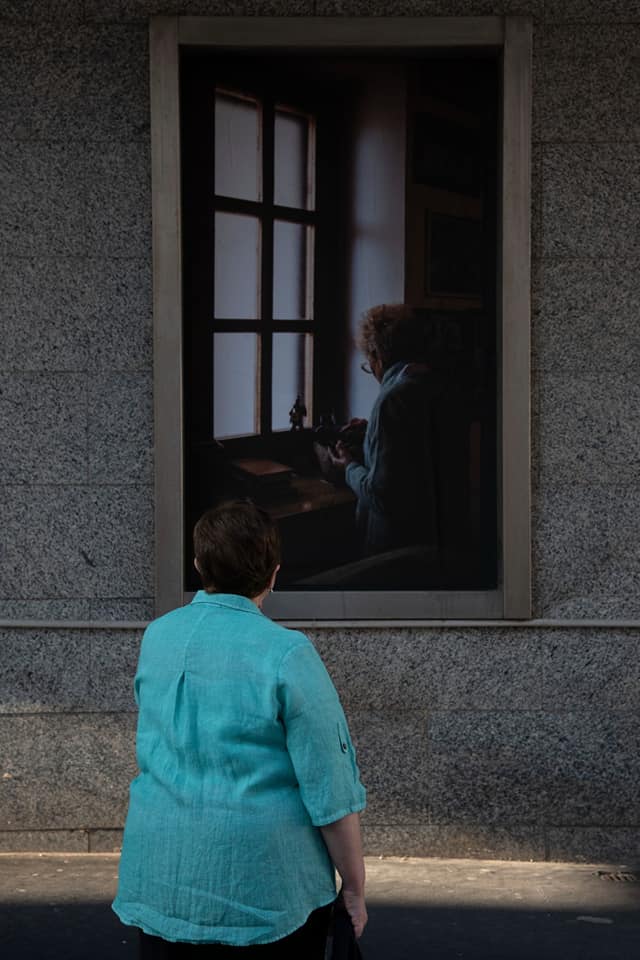Antea è un progetto realizzato durante la residenza d’artista a Rotondi per il festival Paesaggi in Movimento ed esposto sottoforma di mostra diffusa dal 27 giugno al 31 agosto 2020.
Antea in latino significa prima e da questa parola deriva l’etimologia della parola anziano. E’ un lavoro che racconta la storia di luogo, attraverso le donne che lo hanno abitato per l’interezza della propria vita. Durante la mia residenza a Rotondi sono andata a casa di alcune signore anziane, nate e cresciute lì e mi sono fatta raccontare le loro storie. Attraverso i loro ricordi ho provato a realizzare un racconto universale sulla memoria di un luogo partendo dalle singole esperienze. Le fotografie di questo progetto sono pezzi di loro, delle loro case, la loro calligrafia su un appunto, una vecchia foto, un vestito su una sedia. Dopo tutta questa distanza causata dal covid 19 avevo voglia di raccontare una vicinanza, un sentimento di umanità, attraverso un gesto fragile o un momento intimo. La dolcezza insita nei loro corpi e sguardi, la timidezza nell’essere ritratte così, vecchie e stanche, il loro essere donne discrete e spesso sole è proprio quello che le rende importanti. Mi hanno accolto con gioia, si sono aperte con me e visto che abbiamo dovuto ripensare la mostra rendendola aperta e diffusa per il paese, le foto erano esposte in giro sui manifesti pubblicitari. Alcune di loro si sono commosse a guardarsi esposte i formato gigante, protagoniste del loro paese dopo tutta una vita.
Antea is a project created during the artist’s residency in Rotondi for the “Paesaggi in Movimento” festival and exhibited in the form of a spread exhibition from 27 June to 31 August 2020.
Antea in latin means before and from this word derives the etymology of the italian word for elderly. This is a work that tells the story of a place through the women who have inhabited it for their entire lives. During my artist residency in Rotondi, a small village in the south of Italy, I went to some elderly ladies’ home, born and raised there, and I had their stories told. Through their memories I tried to create a universal narration about the memory of a place, starting from individual experiences. The photographs of this project are pieces of them, of their homes, their handwriting on a note, an old photo, a dress on a chair. After all this distance caused by covid-19, I wanted to tell about a closeness, a feeling of humanity, through a fragile gesture or an intimate moment. The sweetness inherent in their bodies and looks, the shyness in being portrayed like this, old and tired, their being discreet and often lonely women is precisely what makes them important. They welcomed me with joy, they opened up with me and since we had to rethink the exhibition by making it open and widespread for the country, the photos were displayed around on advertising posters. Some of them were moved to look themselves in a giant format, finally protagonists of their own country after a lifetime.












